Resignation Letter Template with Reason for Leaving
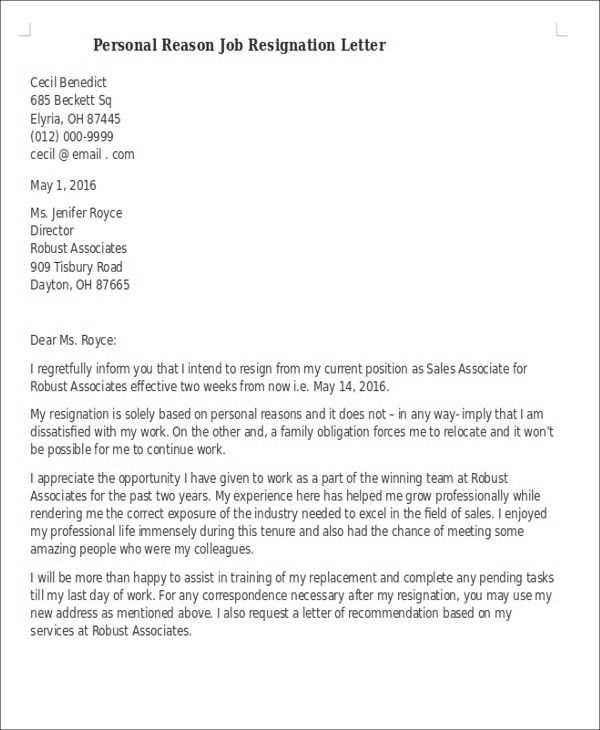
When leaving a job, expressing your departure in writing can be essential for maintaining professionalism and leaving on good terms. A well-structured farewell document not only communicates your decision but also reflects respect for the company and colleagues. Below is a guide on how to compose such a message effectively, using clear language and showing appreciation for the time spent in the role.
Key Parts of a Departure Message
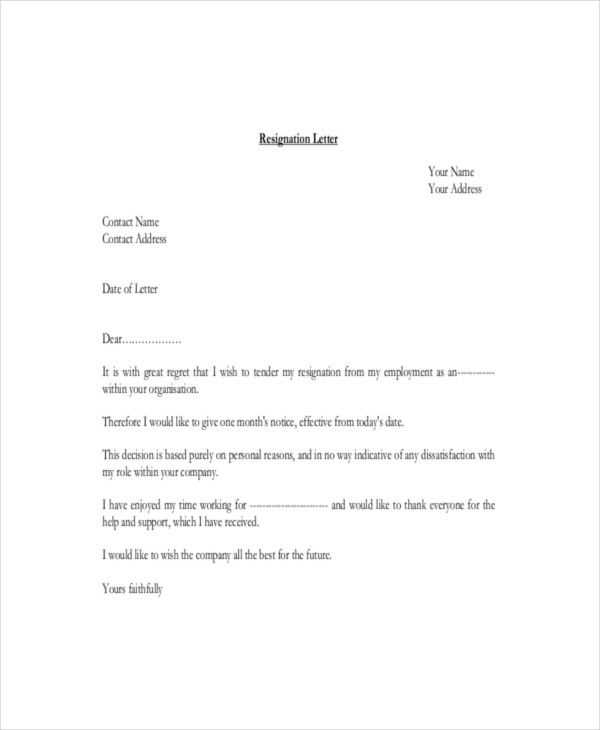
A formal farewell message should be composed of a few critical elements to ensure clarity and professionalism. The document should start with a clear statement of your intention to leave and the specific date of your departure. Expressing gratitude for the opportunities and experiences gained is also important to convey respect and appreciation.
Opening Statement
The opening should briefly mention your decision to leave and when it will take place. It sets the tone for the entire message and ensures the recipient knows the essential details right away.
Expression of Gratitude
It’s crucial to thank your employer and colleagues for their support during your time at the company. A sincere acknowledgment of the experiences gained can leave a lasting positive impression.
Next Steps or Transition Information
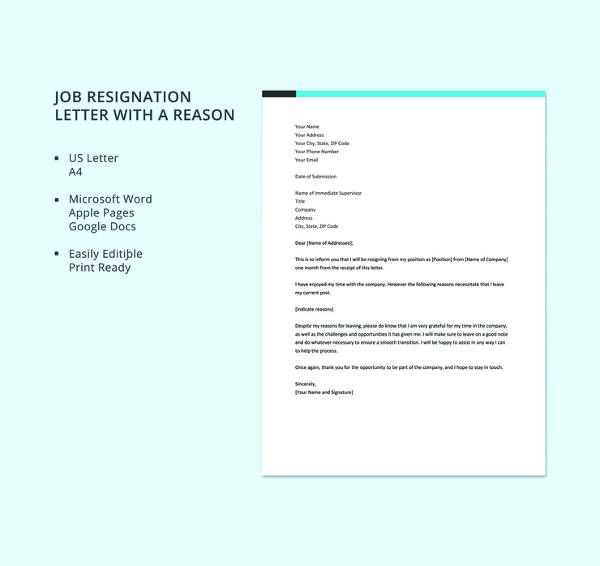
If necessary, provide any relevant details on how you plan to help with the transition process or what will happen after your departure. This shows your commitment to the company even in your last days.
How to Communicate the Cause for Leaving
When sharing why you are moving on, it’s important to choose words that are professional and tactful. Whether you’re leaving for personal reasons, another career opportunity, or simply seeking a new challenge, framing your explanation with care ensures the tone remains respectful.
- Stay positive: Focus on what you’re looking forward to rather than what you’re leaving behind.
- Be concise: There’s no need to go into excessive detail. A brief mention suffices.
- Maintain professionalism: Avoid negative comments about the company or colleagues.
Stay Positive
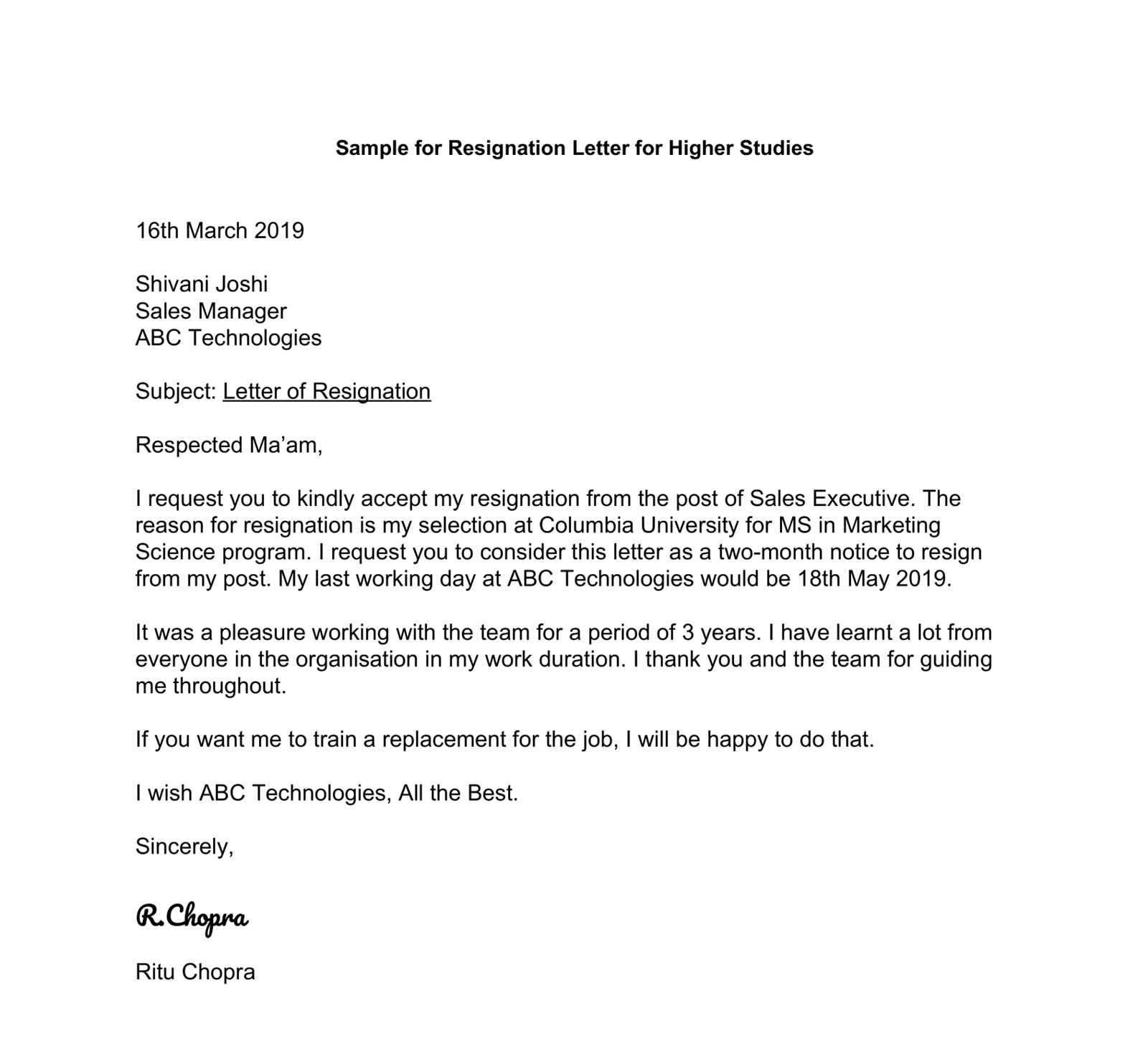
It’s best to frame your reason in a way that highlights personal growth and future goals. Even if your decision is prompted by dissatisfaction, keep the focus on moving toward new opportunities rather than any shortcomings of the current position.
Keep It Brief
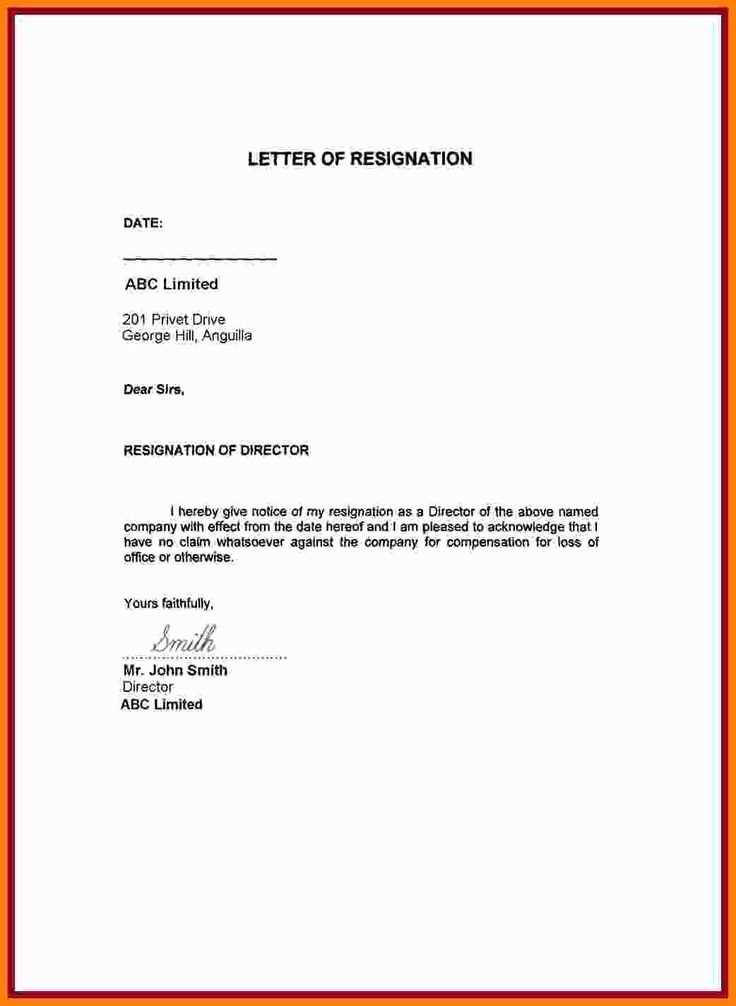
Your departure statement doesn’t need to be long. A few clear and straightforward sentences will do. The goal is to communicate your intentions without unnecessary elaboration.
Common Pitfalls to Avoid
- Avoiding negativity about the workplace or team.
- Being vague or leaving too much unsaid.
- Forgetting to provide proper notice of your departure.
Ensure your document reflects the professionalism you’ve shown throughout your tenure. A positive and courteous farewell can leave the door open for future opportunities and maintain professional relationships moving forward.
How to Write a Professional Farewell Note
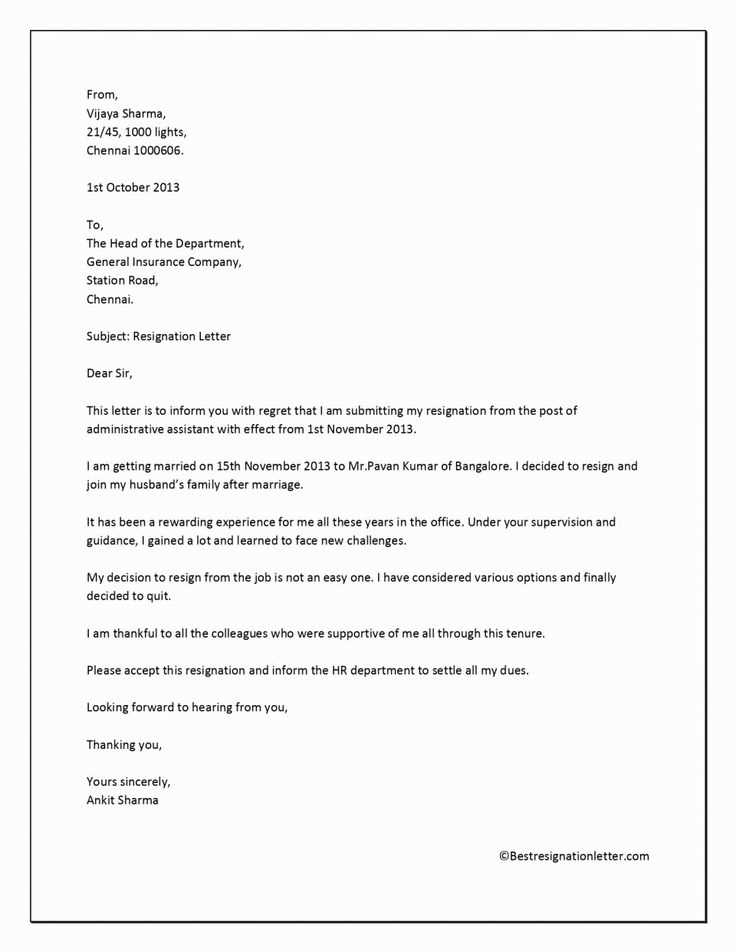
When deciding to leave a position, it’s essential to communicate your departure in a clear, professional, and respectful manner. The formal notice serves as a final communication between you and your employer, and it should reflect your professionalism, ensuring a smooth transition. Below are the key steps and considerations to keep in mind when composing such a message.
Start with a clear declaration of your intent to move on, specifying the date when you plan to leave. Express appreciation for the experiences you’ve had and the opportunities given to you during your time at the company. It’s important to maintain a positive tone and avoid negative remarks about the organization or colleagues.
Next, select an appropriate explanation for your decision. Whether you’re moving on for personal reasons, seeking a new career path, or pursuing new challenges, your explanation should be brief, respectful, and tactful. Keep the focus on the positive aspects of your future, rather than on any dissatisfaction with the current role.
Ensure that the message is professional and succinct. Offer to assist with the transition process, if possible, and give ample notice to allow for a smooth handover of your responsibilities. A well-crafted farewell message ensures that you leave the company on good terms, maintaining a professional relationship for any future endeavors.
Finally, submit the message in the appropriate manner. In most cases, submitting the note directly to your supervisor is ideal. If the company has formal protocols for this process, be sure to follow them closely.